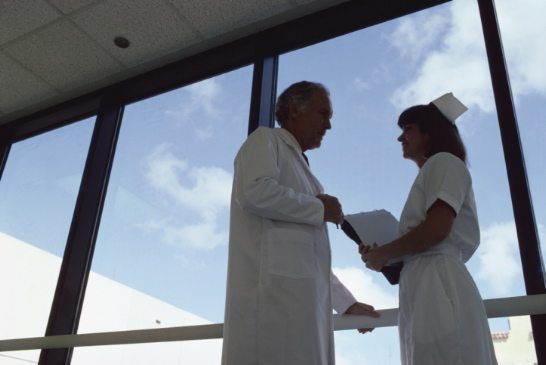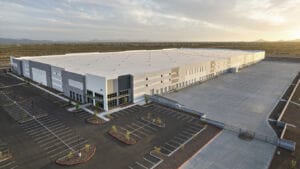Colliers International in Greater Phoenix released its Medical Office Research and Forecast Report for first quarter 2016.
Conditions were mixed in the Greater Phoenix medical office market in the first quarter. Vacancy ticked lower, but the rate rose in on-campus buildings. Across the market, rents dipped in the first quarter, but have inched higher over the past year. This uneven performance in medical office conditions is in contrast to the overall office market.
While the healthcare business model has been undergoing changes in recent years, tenant demand for medical office buildings has been on the rise. In Greater Phoenix, net absorption has been positive in each of the past six years, averaging more than 200,000 square feet annually.
That trend continued in the first quarter, with tenants moving into a net of more than 95,000 square feet. Much of the net absorption and new development is concentrated in the West Valley, as healthcare providers position themselves in the path of future population growth.
Tenant demand for medical office space will strengthen in response to accelerating employment expansion and rising population growth. After slowing in the aftermath of the recession, local population growth accelerated to 2 percent per year in 2014 and 2015, and the pace of expansion is forecast to average 2.5 percent annually over the next few years. This influx of new residents will drive demand for healthcare and tenant demand for medical office space.
Vacancy:
- The vacancy rate in the medical office market dipped 20 basis points to 16.7 percent in the first few months of the year, and the rate is 120 basis points lower than one year ago.
- Vacancy trends in on-campus buildings edged higher to start 2016, ending the first quarter at 18.7 percent, the second straight quarter where the rate has pushed higher. Despite the recent upticks, vacancy is 90 basis points lower than one year ago.
- Vacancy in off-campus buildings ended the first quarter at 16.1 percent, 50 basis points lower than at the end of 2015. The rate has improved by 140 basis points over the past year, and is 290 basis points lower than it was 24 months ago.
Rents:
- Rent trends have been uneven, rising in the second half of 2015 but ticking 0.7 percent lower in the first quarter of 2016. The average asking rent was $22.50 per square foot in the first quarter, up 1.6 percent year over year.
- The on-campus buildings are outperforming the market as a whole. Asking rents in on-campus buildings have advanced 2.6 percent in the past year to $25.35 per square foot.
- Asking rents in off-campus medical office buildings are up 0.9 percent year over year at $21.11 per square foot. Some of the strongest gains have been in the Chandler/Gilbert submarket, where asking have risen 31 percent in the last year.
Investment Trends:
- Sales of medical office condos spiked by 40 percent from the fourth quarter of last year to the first quarter of 2016. This was the most active quarter of sales of medical condos since the second quarter of last year.
- Prices for medical office condos rose, with the first quarter median price at $174 per square foot. The median price for condos has risen nearly 60 percent since 2012.
- Sales of non-condo medical office buildings dipped 8 percent from the preceding three-month period. Transaction counts were up more than 20 percent compared to the first quarter of 2015.
- The median price in sales of traditional medical office buildings was $119 per square foot in the first quarter, approximately 5 percent lower than the median price for all of 2015. Cap rates ticked lower, averaging in the mid- to high-7 percent range, down from 8.2 percent in 2015.




